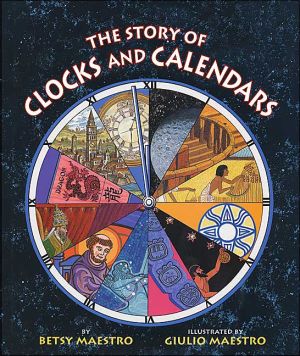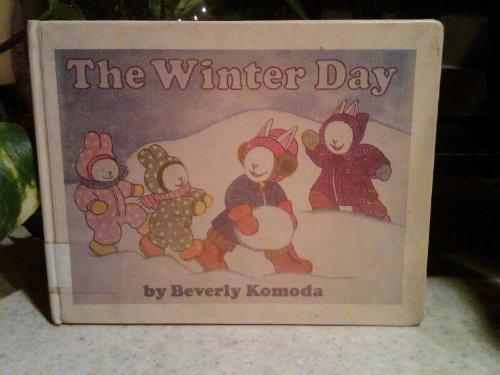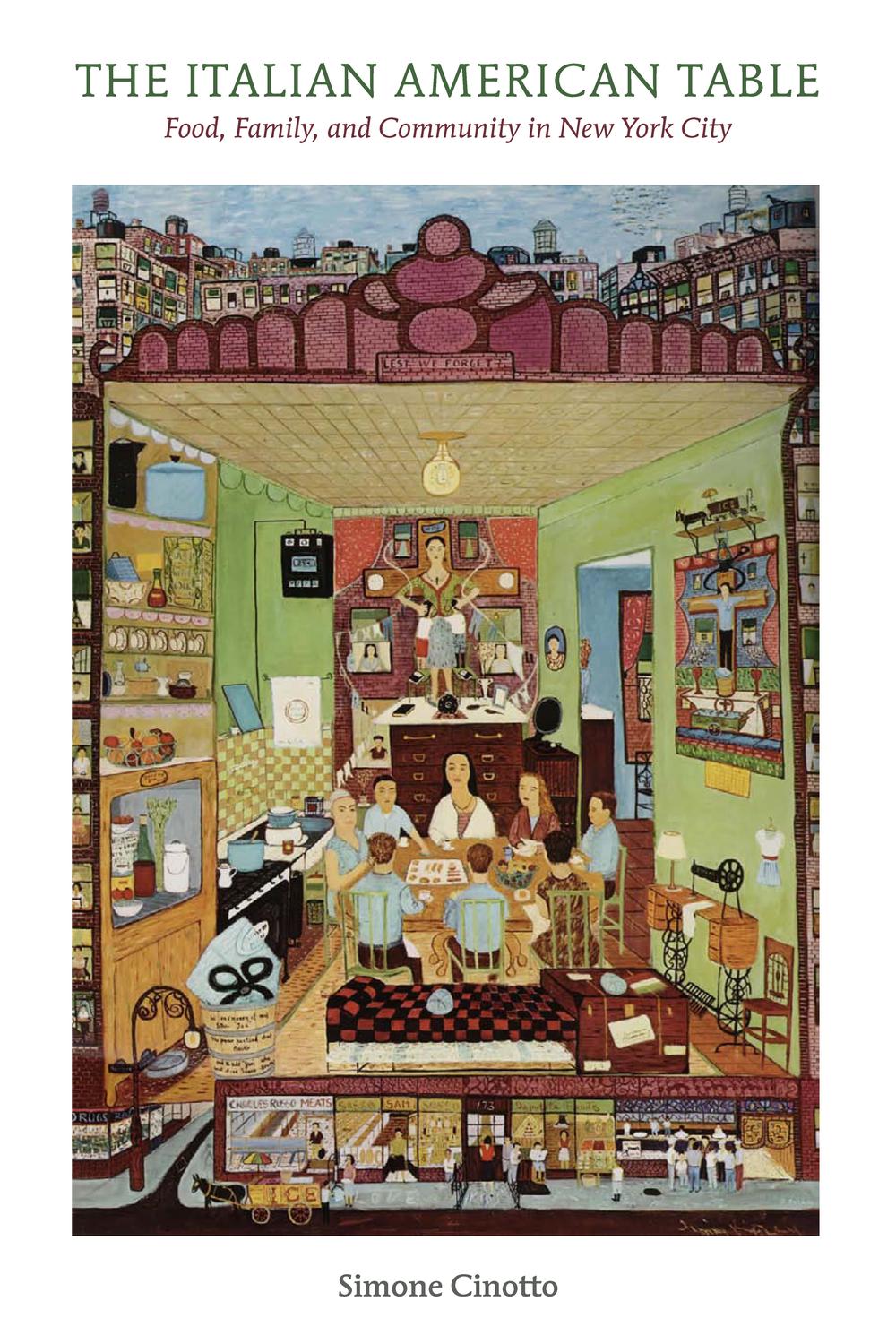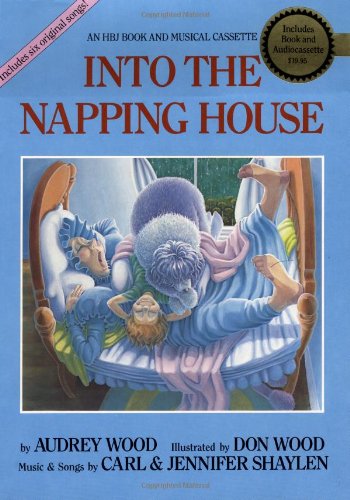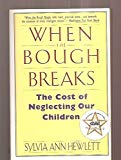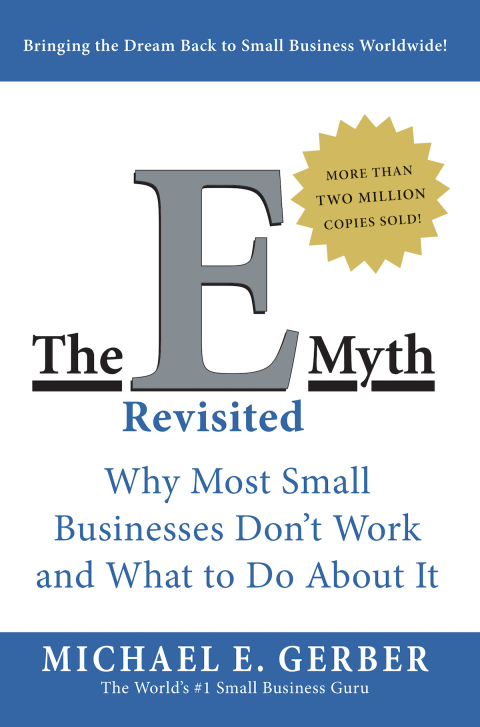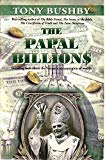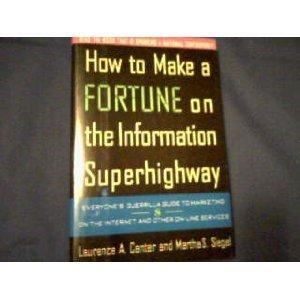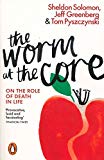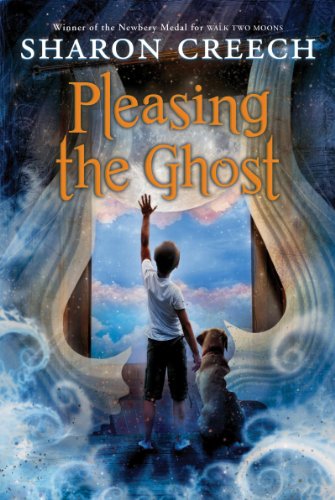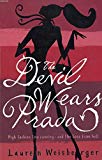The Story of Clocks and Calendars
Maestro, Betsy
Travel through time with the maestros as they explore the amazing history of timekeeping!
Did you know that there is more than one calendar? While the most commonly used calendar was on the year 2000, the Jewish calendar said it was the year 5760, while the Muslim calendar said 1420 and the Chinese calendar said 4698. Why do these differences exist? How did ancient civilizations keep track of time? When and how were clocks first invented?
Find answers to all these questions and more in this incredible trip through history.
Mary Ellen Snodgrass - KLIATT
An impressive, thorough addition to the middle school reference shelf, this summary of time designation and calculations answers the younger YAs' need for data on the beginnings of number systems, clocks, and calendars. The narrative pairs beautifully with stylized drawings of seasonal record keeping, the study of constellations, notations on the agricultural year, and the adoption of mechanical clocks. The authors cover global contributions to time keeping along with pictures of archival materials, holiday celebrations, and the ongoing human appreciation of the dependable cycles in nature. Significant names—Augustus Caesar, Pope Gregory, Sosigenes, and Dionysius Exiguus—indicate the impact of human control on methods of recording the passage of time. Commentary on the importance of calendars to religion is nonjudgmental. This work would serve the classroom teacher or librarian for a read-aloud adjunct to science texts or as a recommendation to the intellectually curious student. KLIATT Codes: J—Recommended for junior high school students. 1999, HarperTrophy, 48p. illus. index., Ages 12 to 15.
| Name in long format: | The Story of Clocks and Calendars |
|---|---|
| ISBN-10: | 0060589450 |
| ISBN-13: | 9780060589455 |
| Book pages: | 48 |
| Book language: | en |
| Edition: | Reprint |
| Binding: | Paperback |
| Publisher: | HarperCollins |
| Dimensions: | Height: 0.16 Inches, Length: 10.68 Inches, Width: 9.26 Inches |

